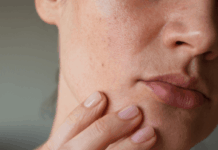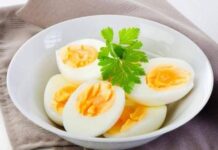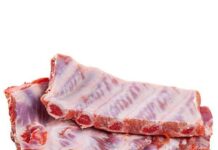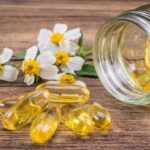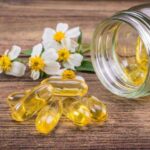1. Increase Your Fiber Intake
Incorporating fiber-rich foods into your daily diet is essential for reducing body fat. Fiber promotes satiety and slows digestion, helping to curb hunger and prevent overeating. Soluble fiber specifically aids in reducing visceral fat by stabilizing blood sugar levels. Be sure to include oats, fruits, and vegetables in your meals to boost your fiber intake.

Boost your fiber intake with a variety of nutritious foods.
2. Stay Hydrated
Drinking adequate water is an effective strategy for weight loss. Staying hydrated supports metabolism, suppresses appetite, and aids in flushing out toxins. Additionally, drinking a glass of water before meals increases feelings of fullness, preventing overeating.
3. Reduce Your Salt Intake
Research indicates that salt enhances flavor and leads people to consume more food. A high-salt diet also stimulates the choice of high-calorie sweet drinks after meals. Furthermore, excessive salt intake increases body fat and interferes with the body’s fat-burning process.

A high-salt diet impacts both body fat levels and fat-burning mechanisms.
Therefore, reducing salt intake is advisable for weight loss. High sodium levels cause water retention and can lead to a bloated appearance. Lowering salt intake can quickly reduce abdominal bloating, giving a more toned appearance.
4. Create a Calorie Deficit
Establishing a calorie deficit is the most critical aspect of dieting and weight loss. To achieve this deficit, ensure your daily calorie intake is less than the number of calories you burn.
5. Maintain a Balanced Diet
A nutritious diet comprising lean proteins, fruits, vegetables, healthy fats, and whole grains helps regulate blood sugar levels and provides essential nutrients for overall health.
6. Eat Smaller, More Frequent Meals
Opt for smaller, more frequent meals throughout the day. This approach stabilizes blood sugar levels and prevents overeating. It also avoids the discomfort and bloating associated with larger, higher-calorie meals.
7. Engage in Low-Intensity Strength and Cardiovascular Training
A comprehensive exercise routine during weight loss includes low-intensity strength and cardiovascular exercises. Strength training is one of the most effective ways to build muscle and lose weight, as more muscle mass increases calorie burning.
Strength exercises, such as weightlifting, machine exercises, resistance band workouts, and bodyweight exercises (push-ups, crunches, etc.), help build muscle and increase resting metabolic rate.
Low-intensity cardiovascular exercises are excellent for burning visceral fat, calories, and overall weight loss. Walking, cycling, or swimming at a low to moderate pace are great options.
What Are the Benefits of Vitamin E for Skin Repair?
Vitamin E is a powerhouse antioxidant and a staple in skincare formulations. With its potent antioxidant properties, Vitamin E is a natural shield, protecting and nourishing the skin. This versatile vitamin is a staple in any skincare routine, offering a wide range of benefits that promote healthy, radiant skin.
“Vitamin E – The Secret to Glowing, Flawless Skin”
“Vitamin E is an incredible skincare ingredient with powerful antioxidant and protective properties. It is a hero ingredient that can transform your skincare routine and take your skin to the next level. With its ability to nourish, protect, and combat the signs of aging, Vitamin E is a must-have in any skincare regimen. Imagine having a radiant, youthful complexion that turns heads and exudes health – Vitamin E can help you achieve just that. It’s time to unlock the secret to glowing, healthy skin with this skincare superstar.”

